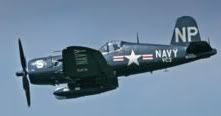ORIGINAL: crsutton
I am a little looser in that I never have seen much of a problem as long as the ships are similar in speed. I regularly mix CLs with CAs and do not see any problem. Don't give much thought to DDs except later on I do try to use Fletchers in groups. Ship type does not seem to matter as long as they are in range and and there are not too many of them, they will all shoot and fire torpedoes. That is all I really care about.
I also think it's largely a function of how many ships are in the battle, particularly in a night action.
Which is realistic. It hasn't been that long since I last read the accounts of the naval battles off Guadalcanal, but the larger actions got really disorganized really fast, while the smaller battle forces stayed organized and seemingly performed better on a per ship basis.



 [/center]
[/center]







